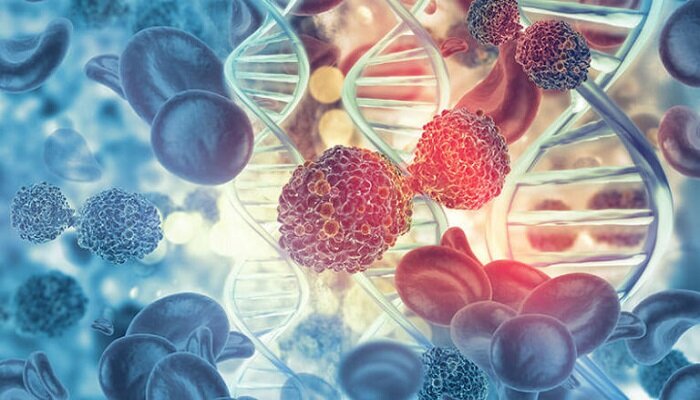It is a well-known fact that the Cell and Gene Therapy platforms involve the most intricate production and delivery requirements if we talk about the history of biologics. It wouldn’t be an overstatement if we said that their sophistication is beyond what can be attained through generic technologies. The point is that the cell and gene therapy ecosystem is, as a matter of fact, at an inflection point, all thanks to innovation and development taking place in this arena.
But that said, they do introduce a new level of complexity when it comes to research and development- R&D, manufacturing, logistics, tracking, supply chain, as well as commercialization requirements. These happen to be way different from the ones that are found in traditional therapies, specifically with the introduction of Good Manufacturing Practices- GMPs into the point of care. Hence, the biopharma companies that happen to be entering this space are indeed racing the clock, taking into account this intricacy, and will therefore go on to face more varied issues than those that take the therapies to market.
There are numerous providers which are involved when it comes to site identification, in addition to long-term patient monitoring while also delivering the product to the patient. Taking into consideration the cell and gene therapy insights, one can also resolve issues and complexities at the base level, hence requiring a solution that is centered around patient journeys as well as product workflows.
Notably, as the technology underlying gene therapy goes on to mature, bigger pharma companies are in a way becoming more excited in terms of owning the technology rather than partnering.
Interestingly, the tougher financing spectrum does not yet seem to have negatively influenced dealmaking when it comes to the field of cell and gene therapy. Although one can see the number of strategic-alliance deals looked almost similar between H1 2021 and H1 2022, with 110 and 103, respectively, the overall deal value went on to increase more than threefold. This can reflect the fact that several larger companies happened to be accumulating funds throughout 2021, hence leading to pressure to go ahead and make deals as well as greater competition for promising assets.
If we talk about the past, all of the top 10 strategic alliance deals that involve cell and gene therapy assets in 2021 and 2022 are either in the discovery or preclinical stages. Moreover, there is also a robust trend for buyers to go ahead and invest in platform technologies or portfolios of assets, both in terms of the numbers and also the total value of deals.
Most of the top strategic alliance deals in both H1 2021 and H1 2022 happen to be connected to a platform. This strategy enables de-risking by not just making all the bets on one asset and, in a sense, has the potential to produce many assets for which the emphasis can be pivoted with time. A platform deal can also offer the acquirer much more control from the start, which can be beneficial in terms of capital-intensive areas such as cell and gene therapies, which need some advanced manufacturing methods.
There has been a growing interest in the cell and gene therapy sectors, which has resulted in enhanced funding and clinical activity.
By the end of 2023, apparently, 76 cell and gene therapies happen to have been launched across the globe, which is more than double the number of therapies that had been launched until 2013.



















